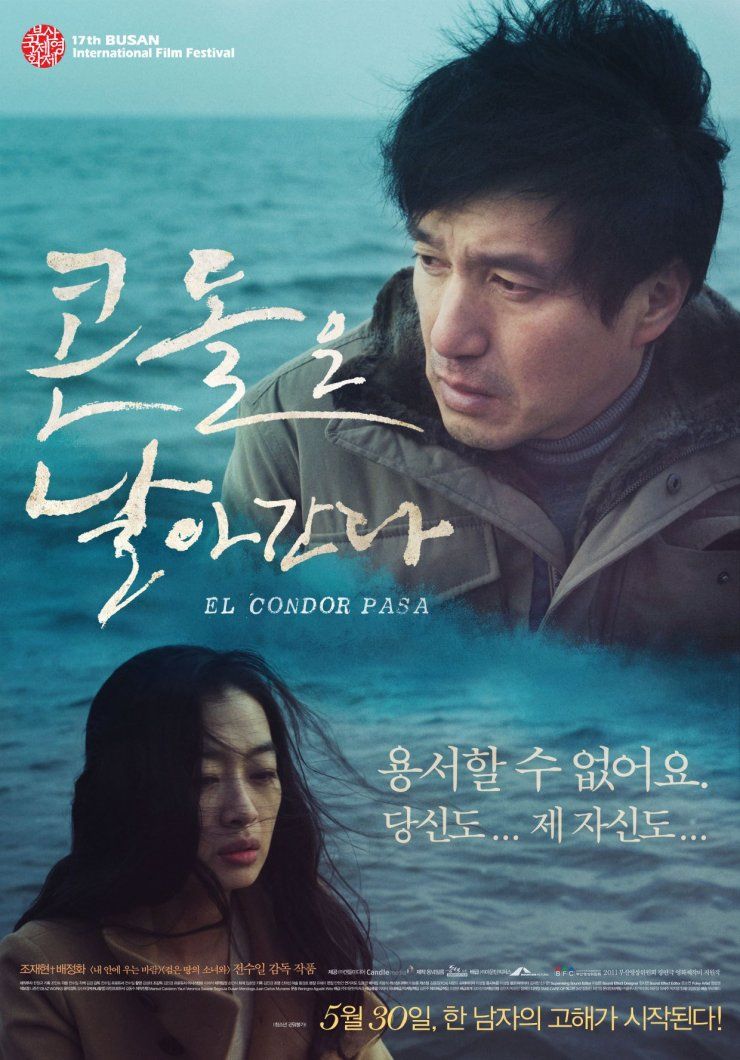

The influence of the harawi is strongly present in El Cóndor Pasa. It’s also a traditional Andean way of storytelling and poetry, often present in songs about loss and longing, including songs played at funerals. The harawi is a musical style characterized by sad and slow melodies. Upon closer inspection, the song contains several aspects of traditional Andean as well as European styles. Only after spending many years traveling across Peru did he compose El Cóndor Pasa. He often published his findings in scholarly articles about traditional music of the Americas. Before he composed this song, Alomía Robles spent many years traveling around Peru and exploring distinct musical styles from the many regions of the country.Īs an ethnomusicologist, Alomía Robles learned about Peru’s rich folkloric traditions and realized that traditional Andean musical styles worked with a pentatonic scale. Despite this, the origins of El Cóndor Pasa are anything but European. The Peruvian zarzuela itself isn’t rooted within an Andean tradition, but rather in the European tradition. The play was performed hundreds of times throughout the 20th century. Who composed El Cóndor Pasa?ĭaniel Alomía Robles composed the song as an orchestral play known as zarzuela. The song is so popular in Peru that most consider it to be the country’s unofficial second national anthem. It’s a song that you’ll hear inside of restaurants and cafes, in the streets, and on the radio. But then it passes.If you’ve been to Peru for any length of time, chances are that you’ve heard many versions of El Cóndor Pasa. Under good conditions, the condor can fly as far as 300km in a single day, soaring as high as 16,400 feet.Ī condor gliding overhead, swooping, circling, soaring, inspires great awe in the earthbound viewer. These huge birds can weigh up to 26 pounds, so in order to get around efficiently with that size, they prefer to roost high, up on the bare cliffs of the Andes, where they can catch a strong thermal updraft in the warm morning air.


The repeated refrain: “ If I could, I surely would “ suggests that this bird-like freedom is impossible, that’s why people continue to pine away and make “ the saddest sound” over their impossible wishes.Ĭondoris the name for two species of New World vultures, deriving from the Quechua kuntur.Īndean condors are among the largest and longest-living birds on earth, and symbolize power, health and liberty for the people of Patagonia. When the speaker lets us know that he’d rather be a tyrant (“ a hammer“) than a victim (“ a nail”) I think he chooses to be the person who causes suffering, instead of the sufferer, just because he wants to have control over his own destiny and not a powerless creature in the hands of others Similarly, natural settings like a “forest” are preferred to urban ones like a “ street”, and the narrator would like to touch the ground with his bare feet, to enjoy the contact.
#El condor pasa series#
In a series of comparisons, the flying creatures appear superior to those “tied up to the ground” such as snails… or humans. The singer longs to fly like a bird, a “ sparrow” or a “ swan.”, which means to be free, instead of being bound. The song, whose title means “The Condor Passes”, is a sad meditation on our limitations and deals with freedom and oppression, power and despair. In 1965 Paul Simon heard for the first time a version of the melody in Paris, and in 1970, the Simon & Garfunkel duo covered that version, adding some English lyrics Since then, a lot of versions of the melody have been produced, along with many sets of lyrics.and in 2004, Peru declared this song as part of the national cultural heritage Yes, I would, if I only could, I surely wouldĮl Cóndor Pasa is an orchestral musical piece by Peruvian composer Daniel Alomía Robles, written in 1913 and based on traditional Andean music. I’d rather feel the earth beneath my feet Yes I would, if I only could, I surely would


 0 kommentar(er)
0 kommentar(er)
